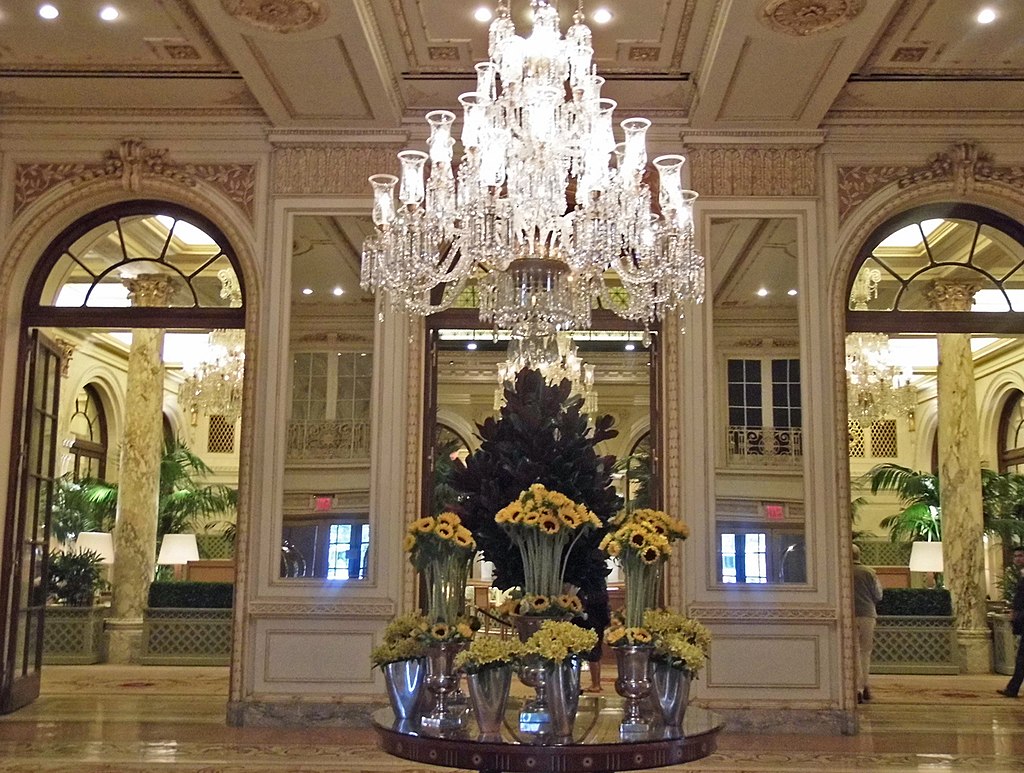Chandeliers: Choosing, placing, and caring for a chandelier
A chandelier can transform a space by providing light and acting as a focal point. As a type of light fixture, chandeliers come in many sizes, materials, and styles — from traditional crystal to pared-back metal and organic wood designs. Understanding scale, mounting, material care, and styling helps you select a chandelier that fits a room’s proportions and function while complementing the surrounding decor.

What makes a chandelier a light fixture?
A chandelier is a suspended light fixture designed to illuminate a space while drawing visual attention. Unlike recessed or surface-mounted fixtures, chandeliers hang from the ceiling and typically distribute light both downward and outward. Considerations when selecting a chandelier as your primary light fixture include the room’s ceiling height, electrical capacity, and whether the fixture will provide ambient, task, or decorative lighting. LED bulbs are commonly used today for energy efficiency and long life, and dimmer compatibility is useful for adjusting mood and brightness.
How do you choose a chandelier for a room?
Selecting a chandelier for a room starts with scale and purpose. Measure the room and choose a fixture proportional to its dimensions and ceiling height. Over a dining table, a common guideline places the bottom of the chandelier about 30–36 inches above the tabletop for standard ceilings; in entryways or rooms with higher ceilings, allow more vertical clearance. Think about placement: the chandelier should sit centered over focal furniture or the room’s main axis. Also assess circulation space so the fixture won’t obstruct movement. Combine chandeliers with other lighting layers — recessed lights, sconces, or table lamps — to avoid relying solely on one source.
What are key features of metal chandeliers?
Metal chandeliers are durable and available in a wide range of finishes and styles, from brushed nickel and chrome to aged brass and blackened iron. Metal frames allow for slender, modern profiles as well as bold, sculptural silhouettes. When choosing a metal chandelier, check weight and mounting requirements; heavier metal fixtures may need reinforced ceiling anchors or professional installation. Metal is generally easy to clean with a soft cloth and mild cleaner, but certain finishes (like antique brass) can be sensitive to abrasive products. Consider the fixture’s finish in relation to other metal accents in the room for a cohesive look.
What to consider with wood chandeliers
Wood chandeliers bring warmth and an organic texture that suits rustic, coastal, or Scandinavian-inspired interiors. They are typically lighter in appearance but can vary in actual weight depending on construction. Wood elements may be combined with metal hardware or glass shades for durability and contrast. Because wood is more sensitive to humidity and temperature changes than metal, ensure the fixture’s finish is appropriate for the intended environment (for example, avoid untreated wood in very damp areas). Clean wood chandeliers with a dry or slightly damp cloth and avoid harsh chemicals that could strip finishes. Wood designs are excellent for softening a modern or industrial room palette.
How to style a modern chandelier
A modern chandelier emphasizes clean lines, simplified forms, and materials like metal, glass, or mixed wood-and-metal constructions. When styling a modern chandelier, balance minimal ornamentation with thoughtful proportion and placement. In open-plan living spaces, a modern chandelier can define zones — such as illuminating a seating area or marking the dining space — without visually overwhelming the room. Coordinate bulb type and color temperature (warm white often suits living and dining rooms) and consider adjustable-height fixtures or multi-tiered designs for flexibility. Mixing materials — for example, a metal frame with wooden accents — can add visual interest while maintaining a contemporary feel.
Conclusion
Choosing the right chandelier involves matching style, material, and scale to the room’s function and proportions. Metal and wood chandeliers each offer distinct aesthetic and maintenance considerations, while modern chandelier designs emphasize simplicity and adaptability. Thoughtful placement, correct mounting, appropriate bulb choices, and layered lighting ensure the chandelier both illuminates and enhances the space.






